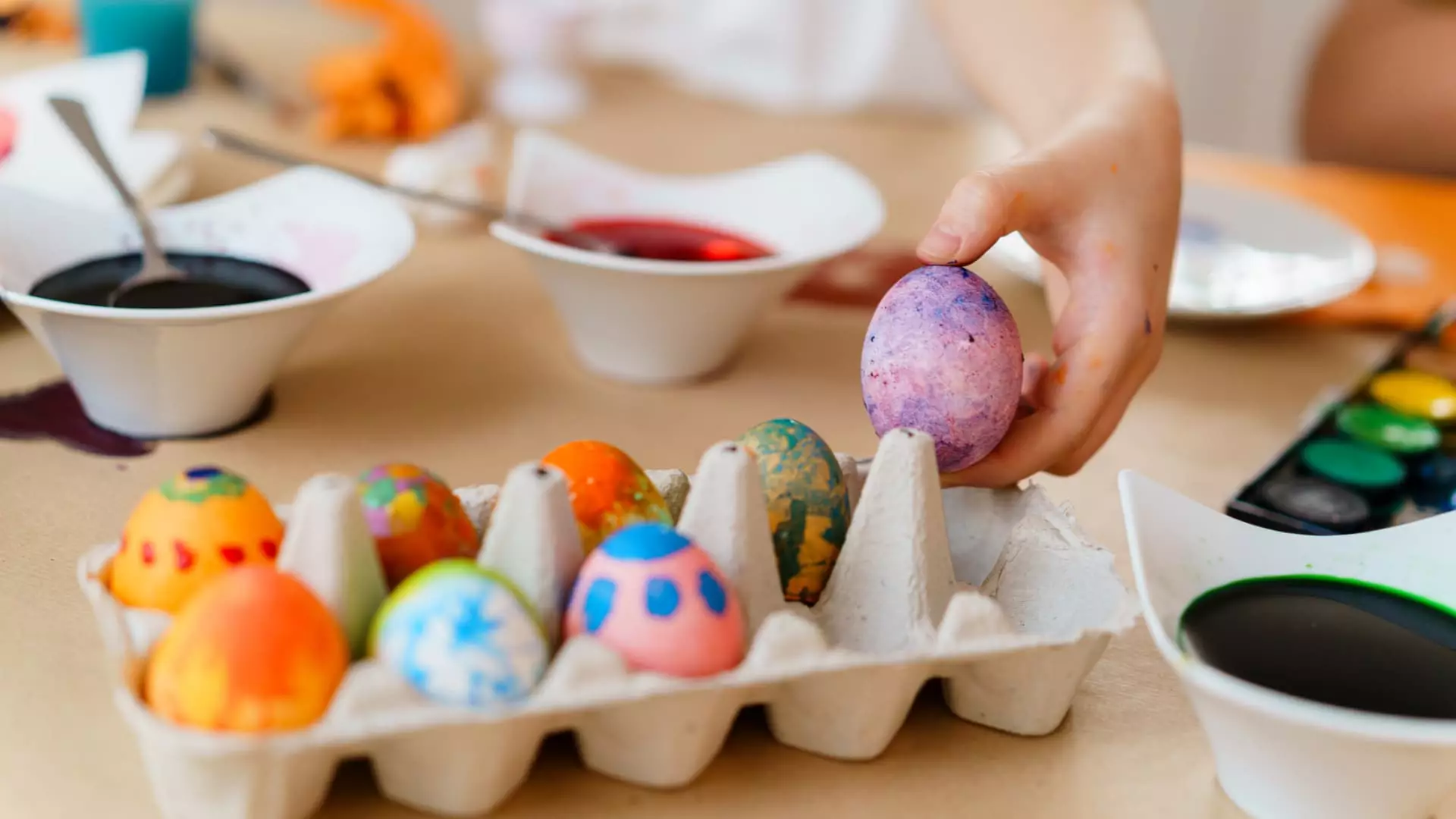The Easter celebration, a time rich with familial traditions, is facing unprecedented challenges this year, primarily due to skyrocketing egg prices and a notable supply shortage. The confluence of increased wholesale costs, driven by the avian flu outbreak and the resulting decline in the egg-laying bird population, is redefining how families will partake in their beloved holiday rituals. With Easter just around the corner on April 20, companies specializing in egg dye kits are starting to express their deep concerns regarding diminished consumer spending and its potential ripple effect on their businesses.
Wholesale egg prices have reached alarming highs, peaking at $8.58 per dozen, as reported by global commodity data firms. The bird flu crisis, which has tragically led to the loss of more than 52 million egg-laying birds, has caused a drastic reduction in the national flock, leaving only around 280 million birds remaining. This stark reduction in supply has not gone unnoticed; consumers are witnessing the staggering retail prices of eggs averaging at about $6 per dozen or even higher in many stores. To further compound the problem, purchasing limits have been imposed at several grocery chains, restricting how many cartons of eggs shoppers can buy at one time. This environment of constrained supply and elevated prices is poised to curtail sales just as the demand for eggs peaks during the Easter shopping season.
The implications of the egg shortage are particularly troubling for small businesses focusing on Easter-related products. Natural Earth Paint, for instance, has long relied on its egg dye kits, which used to fly off the shelves with orders typically ranging between 40,000 to 50,000 kits during the Easter season. However, reports indicate that orders are currently down significantly, with retail partners only requesting around 7,000 kits this year. Founder Leah Fanning has voiced concerns that many retailers have attributed these reductions to the ongoing egg shortage, raising fears about the sustainability of these businesses.
Similar sentiments are echoed by Ashley Phelps of Color Kitchen, a company that sells plant-based baking decorations. With Easter-themed products representing a considerable portion of their stock, Phelps noted that many retailers are wary of stocking more items due to ongoing inflationary pressures. The fear of surplus and potential markdowns adds another layer of complexity for manufacturers and retailers alike.
Despite the challenges posed by pricing and availability, many companies remain hopeful about maintaining sales. The holiday’s timing in late April provides some buffer for families to adjust to the changing market. For instance, Hey Buddy Hey Pal expects to sell between 600,000 and 700,000 of their egg decorating devices – a significant increase compared to last year. Co-founder Curtis McGill has shared optimism that families may still seek to preserve their traditions, even if they opt for fewer eggs.
Paas, a leader in the egg dye kit market, offers a more optimistic perspective as it prepares to sell over 10 million egg kits, asserting that the tradition of egg decorating is a cherished activity that many families will embrace, regardless of the higher prices. The company’s CEO, Joe Ens, underlined the affordability of this tradition, suggesting that it remains one of the most cost-effective ways for families to celebrate.
As families grapple with the rising costs of real eggs, many may turn to alternative products that still allow them to engage in egg decorating without breaking the bank. Companies like Michaels have already observed increased interest in plaster, plastic, and craft eggs, which cater to the desire for festive activities while sidestepping the challenges of sourcing real eggs. Craft kits that simulate traditional decorating experiences are reportedly flying off the shelves, indicating a shift in consumer priorities influenced by the rising costs of eggs.
Furthermore, wooden eggs are finding their way into shoppers’ baskets as families look for enduring alternatives. While these substitutes may present a higher upfront cost, they offer lasting value beyond just the Easter holiday, and consumers are increasingly open to investing in creative options that align with their values.
The unique situation faced this Easter underscores the fragility of traditions in the face of economic challenges. As the chicken industry continues to grapple with the fallout from the bird flu outbreak and resultant inflation, the responses from consumers, businesses, and retailers will be critical to shaping the future of these cherished celebrations. The resilience of family traditions and the willingness to adapt could very well determine how Easter is celebrated in a world increasingly impacted by fluctuating economics. Whether through alternatives or innovative products, the spirit of Easter may prevail despite the pressures of rising costs.

